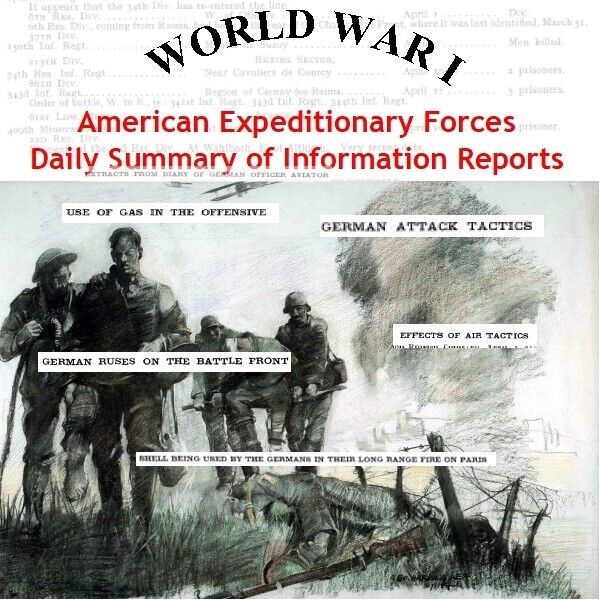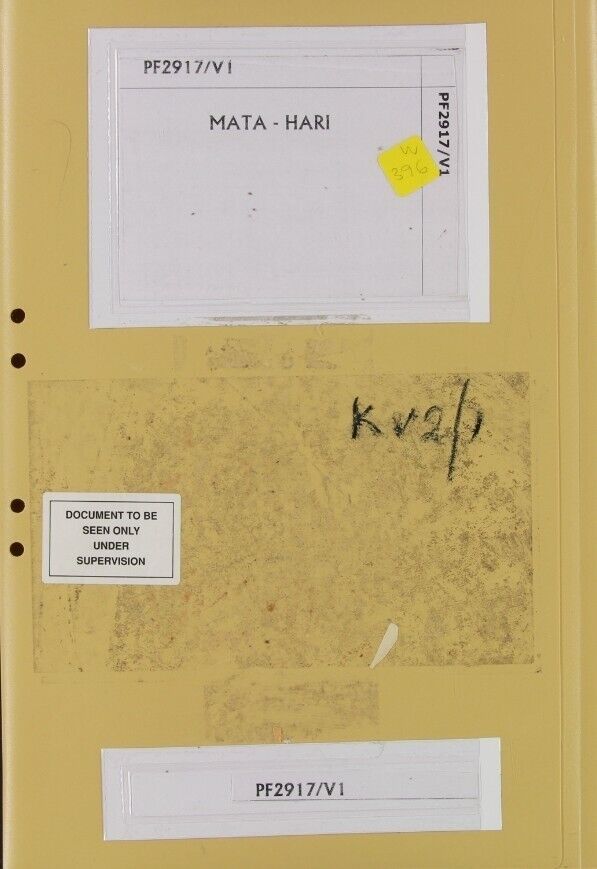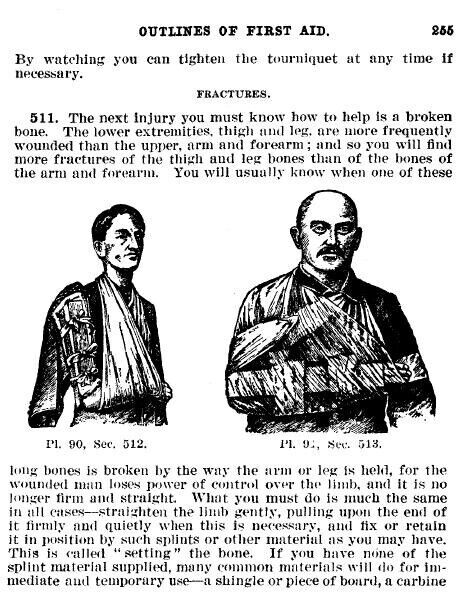-40%
World War I Document Archive USB Drive
$ 78.67
- Description
- Size Guide
Description
World War I Document Archive USB DriveThis collection contains 40,677 pages of after-action battle reports, newspaper reporting, field manuals, diaries, intelligence reports, textbooks, published history, pamphlets, bulletins, and posters in 17 curated collections.
This collection includes as a finding aid, a unified full-text index of all computer recognizable text in all documents in this collection, making it possible to quickly search all computer recognizable text across all pages of all collections in one search.
Diplomatic tensions reached a breaking point in Europe when Gavrilo Princip, a Bosnian Serb, assassinated the heir to the Austro-Hungarian throne, Archduke Franz Ferdinand.
World War I was fought between July 28, 1914, and November 11, 1918. It was fought between the allies, France, United States, United Kingdom, Russia, Italy, and Japan and the Central Powers consisting of Germany, Austria-Hungary, and the Ottoman Empire.
It is estimated that the war saw 9 million soldiers and 5 million civilians killed during combat. Before, during and after the war millions died from a flu pandemic and genocide influenced by the war.
Just plug the USB Pen Card into your laptop, desktop, or tablet to access a significant compendium of documents covering World War I.
The USB Pen card works with any device with a USB 2.0, 3.0 or 3.1 interface.
The PEN chip is housed in a metal body that is waterproof, shock-proof, temperature-proof, magnet-proof, and X-ray-proof.
The collections include:
American Expeditionary Forces Daily Summary of Information Reports
1,391 pages of daily reports containing summary information, produced by Second Section Intelligence, General Staff, General Headquarters, American Expeditionary Forces (AEF). Daily reports dating from April 1, 1918, to January 11, 1919.
Christmas Day Truce 1914/1915 Newspaper Articles
Pages of American newspaper articles from around the United States covering the subject of Christmas Day truces from 1914 and 1915. The Christmas truce was a series of widespread unofficial ceasefires along the Western Front of World War I around Christmas 1914. The truce occurred during the relatively early period of the war.
"Miracle is Wrought by Christmas Spirit in Hostile Trenches," announced the Philadelphia’s Evening Public Ledger for March 24, 1915. Following months of trench warfare, unofficial ceasefires erupt along the Western Front during Christmas of 1914. Climbing from their trenches onto battle-scarred "no man’s land," British and German soldiers shake hands, swap cigarettes and jokes, and even play football. "We all have wives and children…we’re just the same kind of men as you are," one German said.
Field Manuals
3,413 pages of World War I era field manuals, textbooks, pamphlets, and bulletins. The 25 manuals date from 1913 to 1919.
George S. Patton Diaries 1910-1945: Pancho Villa Expedition, World War I & II
3,282 pages of George S. Patton Diaries dating from 1910, 1914, 1916-1919, 1932-1935 and 1942-1945. Handwritten diary entries and annotated typed transcriptions. The first entry was made on June 3, 1910, as the 25-year-old Patton begins his honeymoon in Plymouth, England. The last entry was made on December 4, 1945, four days before the car accident which took his life.
In-between, the diaries cover the activities of Patton during General John J. Pershing's Mexican Punitive Expedition, World War I, and World War II. The World War II era volumes cover Patton's daily activities and observations and reveal his candor about himself, personally and professionally. They include information about American ground combat operations in the campaign for North Africa, the invasion of Sicily, the liberation of France, and the final assault on Germany. Annotated volumes covering World War II often contain additional detail expanding on the original volume entries. The handwritten entry diaries are dated through March 24, 1945, while annotated transcripts continue to December 3. 1945. This collection includes typed transcripts of diary entries in which the most recent depository to hold these documents did not have the handwritten entries.
Harry S Truman Letters
Dating from 1910, includes letters written to Bess Truman during World War I.
London Times Documentary History of World War I - 10 – Volumes
5,900 pages, in 10 volumes of the Times Documentary History of the War.
The London Times between 1917 and 1920 published 10 volumes of transcripts of documents related to World War I.
Sections are:
Volumes 1 & 2 - Diplomatic Part 1 & 2
Volumes 3 & 4 - Naval Part 1& 2
Volume 5 - Military Part 1
Volume 6 - Overseas
Volume 7 - Naval Part 3
Volume 8 - Military Part 2
Volume 9 - Diplomatic Part 3
Volume 10 - Overseas Part 2
Mata Hari: Alleged Spy for Germany British Intelligence Files & Newspaper Articles
MI5 British intelligence files, photographs, newspaper articles, and history covering Margaretha "Margreet" Geertruida Zelle MacLeod, also known as Mata Hari, who was accused of spying for Germany during World War I.
Mata Hari, legal name Margaretha Geertruida Zelle MacLeod (August 7, 1876 – October 15, 1917), was a Dutch exotic dancer and courtesan. While in the custody of French officials, a French military court convicted her of spying for Germany. She was executed by firing squad on October 15, 1917.
During the time of Mata Hari's alleged espionage activities, she was interrogated twice by the British Secret Service (MI5). She first attracted British attention in December 1915, when she was arrested at the Folkstone English port while she was attempting to board a boat. After her interrogation, MI5 could find no evidence against her, so she was released.
Political Cartoon Posters - Carey Cartoon Service
183 Political Cartoon Posters produced by the Carey Cartoon Service from 1914 to 1919. The illustrations on these poster boards depict a ride range of commentary on world events surrounding World War I.
Press Review of Allied, Enemy and Neutral Press by the American Expeditionary Force
2,588 pages of Press Review issued by the second section, General Staff American Expeditionary Force, distributed only to the General Headquarters Staff. The complete run of this bulletin, December 12, 1917, to September 30, 1918. The Press Review was intended to fill a need for a means of following the trend of opinion on vital questions affecting the war as reflected by the press comments that appeared in the newspapers of the enemy, the allies, and neutral countries.
The Press Review was a printed document of about 4,000 words, containing articles summarizing and explaining the current journalistic opinion of particular nations, Allied, enemy, and neutral, with reference to important issues or events, necessary for the proper estimation of political conditions and developments in the nation or nations concerned.
Sidney George Reilly - "Reilly Ace of Spies" MI5 British Intelligence & Royal Air Force Files
The MI5 files contain 171 pages of documents dating from 1916 to 1944. The British, so-called 'Ace of Spies', worked for British Intelligence in the Soviet Union after the Bolshevik Revolution. Reilly was lured back into the USSR in 1925, arrested and executed. The file reveals that Reilly was a Russian-born Jew who was engaged in business activity in New York in 1915, when he came under suspicion from the Russians as being a German spy.
Thomas Edison Secret Navy Experiments Documents
1,550 pages of documents related to Thomas Edison's World War I era experiments for devices and techniques to aid the war effort.
Thomas Alva Edison (February 11, 1847 – October 18, 1931) was an outspoken advocate of military and industrial preparedness during World War I (1914-1918). In May 1915, he outlined a preparedness plan based on the idea that military training and equipment procurement should be organized along industrial lines. He called for the stockpiling of airplanes, battleships and munitions and for the recruitment of a large army of reservists trained by private industry. He recommended that to develop new inventions quickly, the creation of military research laboratories.
Vladimir Lenin MI5 British Intelligence Files
457 pages of British intelligence files on Marxist theoretician Vladimir Lenin, leader of the 1917 Russian Revolution, and first premier of the Union of Soviet Socialist Republics (USSR).
The Bolsheviks (Bolshevists, Bolsheviki) were a segment of the Marxist Russian Social Democratic Labour Party founded by Vladimir Lenin and Alexander Bogdanov. Their beliefs and practices were often referred to as Bolshevism. They ultimately became the Communist Party of the Soviet Union.
These files date from 1915 to 1921. The material contains reports and memos, newspaper extracts, photos, reports on the movements and activities of Lenin and his associates, and Secret Intelligence Service (SIS) documents. The files include a hand-written annotation by one young MI5 desk officer in 1920 who wrote in the margins of a report "LENIN has no actual powers but serves as some kind of ‘figure-head.’” Elsewhere in the file, he is also described by a Home Office official as a "well known Russian social democratic pacifist".
World War I & II Posters
3,900 American World War posters. World War I (200) and World War II (3,700).
World War I & World War II Canadian Posters
705 Canadian war posters, in English and French, created during the First World War and the Second World War.
This set contains 245 World War I and 460 World War II Canadian posters. The posters focus on the justification for war, war bonds, recruiting, productivity, morale, and home front war effort promotions. The posters often appealed to the English, French, Irish, and Scottish heritage of the majority of Canadian citizens. Posters often gave reminders of the suffering and peril of those in the nations from which Canadians descended.
World War I Military Aviation History - Photos - Charts – Diagrams
2387 pages of United States military World War I Aviation history in 4 digitalized volumes.
In December 1918 Major General Mason M. Patrick, Chief of Air Service, American Expeditionary Forces (AEF), directed his newly appointed Assistant Chief of Staff, Col. Edgar S. Gorrell, to prepare a history and final report on U.S. air activities in Europe during World War I. The narratives written and compiled by Gorrell and his staff were submitted by Patrick to General John J. Pershing, Commander in Chief of the AEF.
They summarized Air Service activities from the arrival of the first airmen in France in the spring of 1917 until the Armistice on November 11, 1918. The "Final Report" was published by the Air Service in an information Circular in 1921, and by the Army in a multivolume collection of World War I documents in 1948. Although it has been used and cited by a number of historians over the years, in 1978, The Office of Air Force History, republished it so as to reach a wider circle of persons interested in the Great War and the early history of military aviation.
World War I Newspaper: The Stars and Stripes
The complete seventy-one-week run of the Stars & Stripes World War I.
This eight-page weekly featured news from home, sports news, poetry, and cartoons, with a staff that included journalists Alexander Woollcott, Harold Ross, and Grantland Rice. The Stars and Stripes was published during World War I in France by the American Expeditionary Force (AEF) of the United States Army from February 8, 1918, to June 13, 1919.
World War I Official Army History Volumes
13,500 pages of text covering World War I history in 25 Volumes.
"Every authoritative publication that treats the American Expeditionary Forces must rely heavily on this massive collection, which includes what its compilers believed to be the most illustrative documents in the huge mass of paper that survived the war," - John W. Mountcastle, Brigadier General, United States Army Chief of Military History.
Works include "Leaning Lessons in the American Expeditionary Forces," the 18 volume "United States Army in the World War, 1917-1919, the 5 volume "Order of Battle of the United Sates Land Forces in the World War," and "American Armies and Battlefields in Europe."































